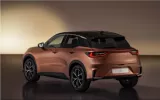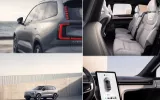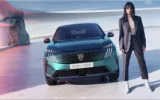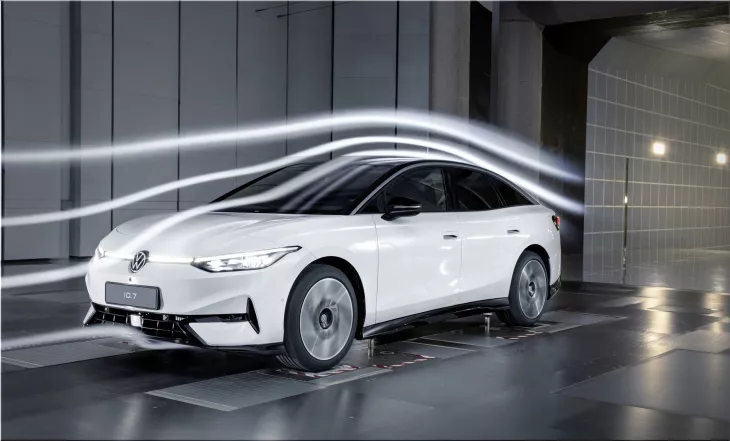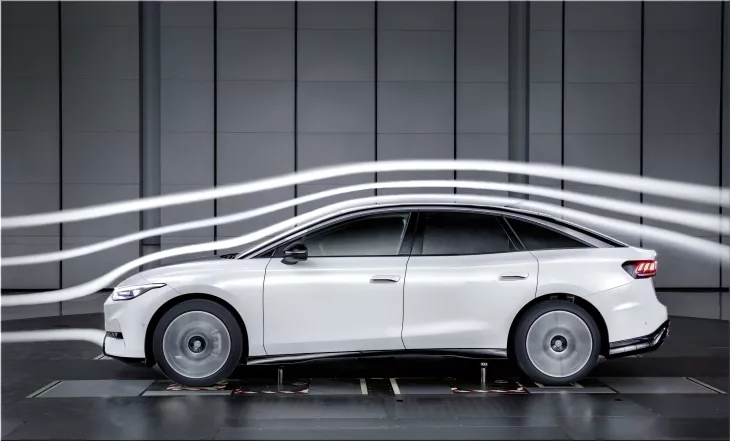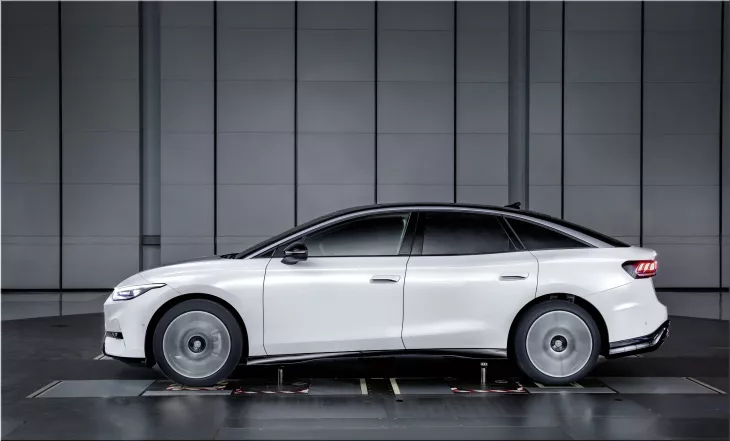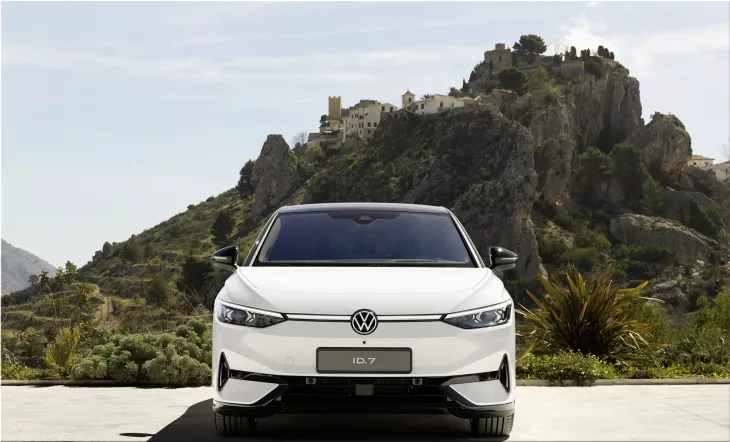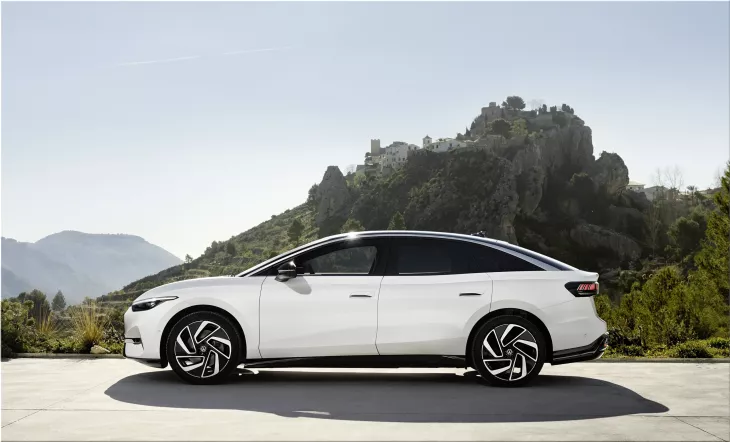Volkswagen ID.7 is the latest addition to the German automaker’s electric vehicle lineup and promises to be an aerodynamic benchmark. The sleek crossover has a drag coefficient of just 0.23, which is lower than most of its rivals and even some sports cars. How did VW achieve this feat? Here are some of the secrets behind the ID.7’s sophisticated aerodynamics.
The Importance of Aerodynamics for EVs
Aerodynamics is the study of how air flows around objects, and it has a significant impact on vehicle performance, efficiency, and comfort. The less air resistance a car faces, the less energy it needs to overcome it, which translates to lower fuel consumption or higher electric range.
This is especially important for electric vehicles, which have limited battery capacity and rely on regenerative braking to recapture some of the energy lost during deceleration. By reducing drag, EVs can travel farther on a single charge and extend their battery life.
According to Volkswagen, improving the drag coefficient by 0.01 can increase the range of an EV by up to 3 miles (5 kilometers). That may not sound like much, but it adds up over time and distance. For example, if you drive 12,000 miles (19,312 kilometers) per year, a 0.01 improvement in drag coefficient could save you about 40 miles (64 kilometers) of range.
The Design Elements of the ID.7
The Volkswagen ID.7 is based on the same modular electric platform (MEB) as the ID.3 hatchback and the ID.4 SUV, but it has a more streamlined shape that optimizes airflow. Some of the design elements that contribute to its low drag coefficient are:
- A closed front grille that reduces air intake and redirects it to the sides and underbody.
- A smooth underbody that covers most of the mechanical components and battery pack, creating a flat surface that minimizes turbulence.
- A rear spoiler that extends from the roofline and integrates with the tailgate, enhancing downforce and stability.
- A rear diffuser that helps channel air out from under the car, reducing drag and lift.
- Flush door handles that pop out when needed, reducing protrusions that could disrupt airflow.
- Aerodynamically optimized wheels that have a closed design and low rolling resistance tires.
These features not only improve aerodynamics but also give the ID.7 a distinctive and futuristic look that sets it apart from other crossovers.
The Benefits of the ID.7’s Aerodynamics
The Volkswagen ID.7’s aerodynamics have several benefits for drivers and passengers, such as:
- Longer range: The ID.7 has a WLTP-rated range of up to 329 miles (530 kilometers) on a single charge, depending on the battery size and configuration. This is comparable to some gasoline-powered crossovers and higher than most EVs in its segment.
- Faster charging: The ID.7 can recharge up to 80% of its battery in about 35 minutes using a 125-kW DC fast charger, thanks to its efficient thermal management system that keeps the battery at an optimal temperature.
- Better performance: The ID.7 has a top speed of 112 mph (180 km/h) and can accelerate from 0 to 62 mph (100 km/h) in as little as 6.2 seconds, depending on the powertrain option. The low drag coefficient also helps reduce wind noise and vibration, making for a quieter and smoother ride.
- Lower emissions: The ID.7 is a zero-emission vehicle that does not produce any tailpipe emissions or greenhouse gases. It also has a lower carbon footprint than conventional cars, especially if it is charged with renewable energy sources.
The Future of VW’s Electric Vehicles
The Volkswagen ID.7 is part of VW’s ambitious plan to become a global leader in electric mobility by 2025. The company aims to launch at least 20 new EV models by then, covering various segments and markets. The ID.7 is expected to debut in Europe in 2023, followed by other regions later.
The ID.7 is also a showcase of VW’s technological innovations, such as the augmented reality head-up display, the IQ.Drive semi-autonomous driving system, and the ID.Light interactive lighting system. These features enhance the safety, comfort, and convenience of the ID.7 and make it a smart and connected vehicle.
The Volkswagen ID.7 is a stylish and efficient crossover and a statement of VW’s commitment to sustainable mobility and customer satisfaction. It is a car that combines form and function, design and performance, and aerodynamics and aesthetics. It is a car that proves that electric vehicles can be fun, practical, and desirable.

